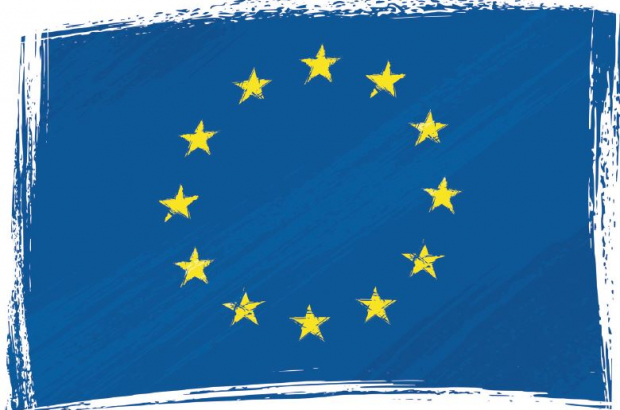- Daily & Weekly newsletters
- Buy & download The Bulletin
- Comment on our articles
EU who's who: A quick guide to the European institutions in Brussels
European Commission
With huge offices in Brussels and beyond, the centrepiece being the Berlaymont building that proudly sits behind its 28 EU flags, the Commission is the heartbeat of the EU. It proposes EU laws, polices their implementation, leads trade negotiations, oversees standards for everything from beach cleanliness to car safety, represents the EU outside Europe, and has sole authority to authorise mergers and issue penalties to companies for anti-competitive behaviour.
There are 28 commissioners, one from each country, although they’re supposed to represent Europe as a whole rather than their homeland. They generally have a portfolio each, much like cabinet members in national governments. They usually meet once a week, when they’re known as the College. Sometimes ‘the Commission’ refers to this 28-person body, but more often to the wider organisation of hundreds of EU civil servants who do their work. They’re split into countless directorate-generals and units.
The Commission is headed by a president, currently former Luxembourg prime minister Jean-Claude Juncker, who serves a five-year term. That person has to be approved by leaders of EU national governments and the European Parliament. In the past, there was an informal agreement that the president would come from the political group that had the greatest support in European elections. That became more explicit in 2014 when each group put forward their own candidate for the Commission president, but there’s nothing to say this will happen again.
Council of the European Union
Try not to confuse it with the European Council (more of which below). And definitely don’t confuse it with the Council of Europe (the human rights body that isn’t an EU institution). But feel free to confuse it with the EU Council or the Council of Ministers, because that’s what it’s called informally. Now we’ve got that straight, here’s what it is: the institution made up of national ministers from each EU country who come to Brussels on a regular basis (unless it’s April, June or October, when they meet in Luxembourg thanks to the idiosyncratic EU treaty).
They meet in policy area configurations: all the EU’s finance ministers hold meetings, all the foreign ministers, all the agriculture ministers, and so on. There’s also the Eurogroup, comprising the 19 eurozone finance ministers, who deal with matters applying to countries that share the single currency. Each meeting is chaired by the appropriate minister of the country that holds the EU’s six-month rotating presidency (apart from the Eurogroup, which has its own president). Their main job is to fine-tune the laws proposed by the Commission. This often takes months because different national governments have vastly different views.
A quick word on the European Council. In simple terms, this is the same thing but for heads of state or government. The leaders meet at least once every three months for a summit in Brussels where they set the EU’s future strategy and occasionally add their weight to tackle any blockages on getting agreement on legislation in the Council of Ministers. Brussels meetings of the Council and summits take place in the austerelooking Justus Lipsius or the adjacent new Europa building (informally known as the Egg).
European Parliament
The only directly elected body, the Parliament’s powers have steadily grown since the first elections in 1979. It has 751 members representing regions in each country. The number of MEPs a country has is proportionate to its size and they’re generally affiliated to wide pan-EU groups, to which national parties align themselves. With such a massive gathering of politicians (plus their advisors and lobbyists), it’s no surprise that the Parliament often makes the loudest noise in Brussels – although arguably it has the least power of the three institutions.
As well as being a talking shop, the Parliament’s role is not unlike that of the Council of Ministers. Arranged in small committees for each policy area, it scrutinises the same proposals for new laws and, like the Council, has to come up with a single position. Once the Council and the Parliament have their own drafts of the Commission’s proposal, they meet in what’s known as a trilogue process, where they try to come up with a law that everybody’s happy with. That’s approved in a full session of Parliament, or plenary – when all 751 meet – generally once a month, in Strasbourg.
The Parliament has a president too, though they’re more akin to a speaker in a national parliament. Appointed by MEPs, it’s currently Italian Antonio Tajani. Who, just to confuse things, is a former European commissioner...
This article first appeared in The Bulletin Spring 2017. Browse the magazine here, pick up a copy in newsagents or subscribe now...









